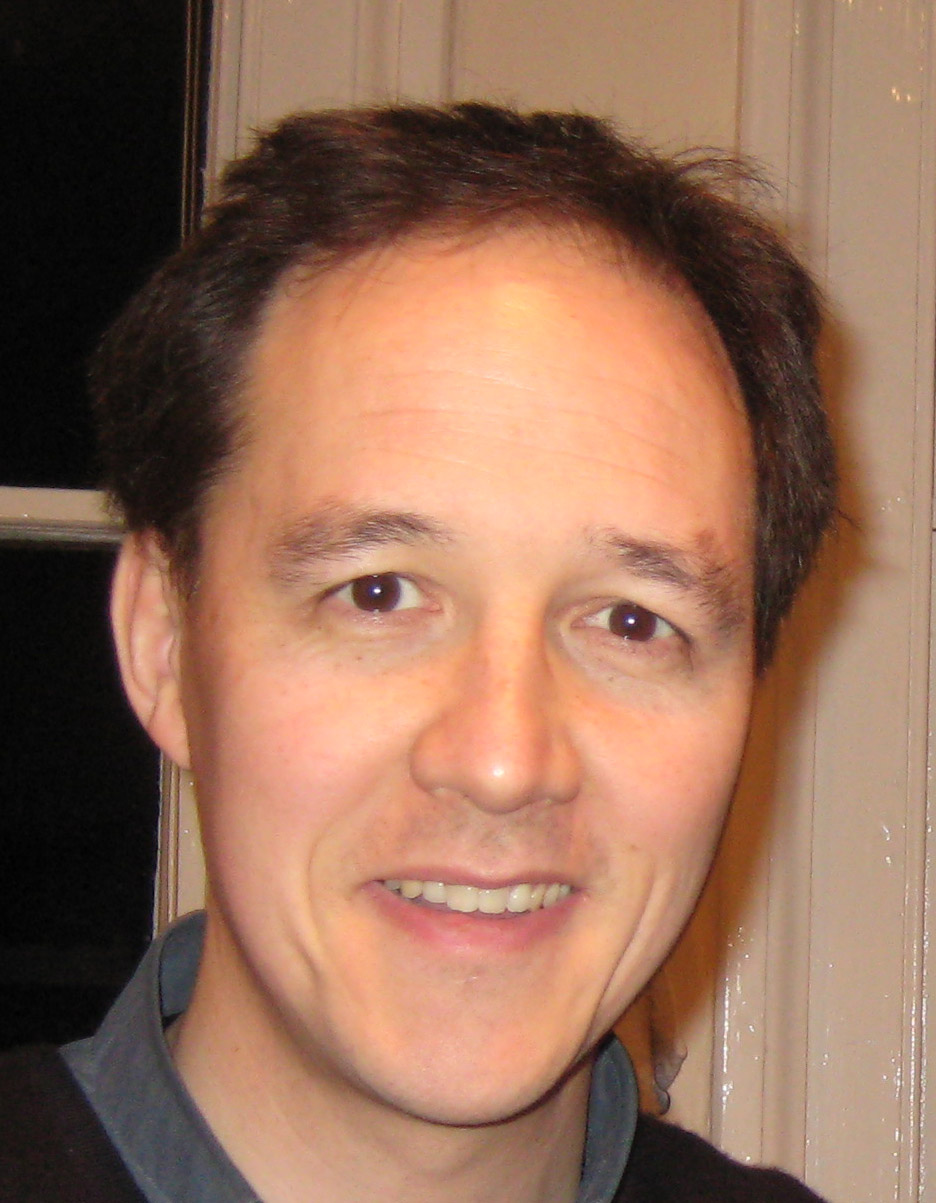There have been lots of good articles out about Matteo Ricci, the Jesuit missionary to China, in this year which marks the 400th anniversary of his death. This one by Nicolas Standaert shows how much Ricci and his missionary strategy was shaped by the Chinese culture in which he was immersed.

The first part of the article gives a very helpful summary of the distinctive approach to mission that he developed, under the influence of his former novice master Alessandro Valignano. It would be interesting to apply these principles to the way Christians approach the secular culture in the West today.
Four characteristics of Jesuit missionary strategy in China
As a starting point one can make a first – rather traditional – reading of Ricci’s life by focusing on the missionary himself. The ‘Jesuit missionary strategy’ in China was conceived by Alessandro Valignano (1539-1606), who was the former novice master of Matteo Ricci (1552-1610) and who was Jesuit visitor for East Asia during the period 1574-1606. His strategy was creatively put into practice by Matteo Ricci. Later generations, well into the eighteenth century, associated this strategy with Ricci and called it the ‘Ricci-method’. It can be described by four major characteristics[7]:
1. A policy of accommodation or adaptation to Chinese culture.[8] Valignano, who had been disappointed by the limited degree of the Jesuits’ adaptation to Japanese culture, insisted in the first place on knowledge of the Chinese language. Therefore he called a few Jesuits to Macao in 1579 ordering them to focus their attention entirely on the study of language (fellow Jesuits criticised them for spending all their time studying Chinese). Two years later Michele Ruggieri (1543-1607) entered China through the south, and Matteo Ricci followed one year later. Probably inspired by the Japanese situation, they dressed like Buddhist monks. In 1595, after nearly fifteen years of experience, they changed this policy and adapted themselves to the life-style and etiquette of the Confucian elite of literati and officials. Ricci was responsible for this change. This new policy remained unchanged throughout the whole seventeenth century and for most Jesuit missionaries Matteo Ricci became the reference point with regard to the accommodation policy.
2. Propagation and evangelisation ‘from the top down’. Jesuits addressed themselves to the literate elite. The underlying idea was that if this elite, preferably the Emperor and his court, were converted, the whole country would be won for Christianity. The elite consisted mainly of literati, who had spent many years of their life preparing for the examinations they needed to pass to become officials. For these examinations they had to learn the Confucian classics and the commentaries. After having passed the Metropolitan examinations, which took place in Beijing every three years and at which about three hundred candidates were selected, they entered the official bureaucracy and received appointments as district magistrates or positions in the ministries. As in modern diplomatic service, the offices usually changed every three years. In order to enter into contact with this elite, Ricci studied the Confucian classics and, with his remarkable gift of memory, became a welcome guest at the philosophical discussion groups that were organised by this elite.
3. Indirect propagation of the faith by using European science and technology in order to attract the attention of the educated Chinese and convince them of the high level of European civilisation. Ricci offered a European clock to the Emperor, he introduced paintings which impressed the Chinese with their use of perspective, translated mathematical writings of Euclid with the commentaries of the famous Jesuit mathematician Christophorus Clavius (1538-1612), and printed an enormous global map which integrated the results of the latest world explorations. By these activities Ricci established friendly relationships which sometimes resulted in the conversion of members of the elite: Xu Guangqi (1562-1633; baptised as Paul in 1603) and Li Zhizao (1565-1630; baptised as Leo in 1610) are the most famous of Ricci’s time.
4. Openness to and tolerance of Chinese values. In China, Matteo Ricci encountered a society with high moral values, for which he expressed his admiration. Educated in the best Jesuit humanistic tradition, he favourably compared Confucius (552-479 BC) with ‘an other Seneca’ and the Confucians with ‘a sect of Epicurians, not in name, but in their laws and opinions’.[9] Ricci was of the opinion that the excellent ethical and social doctrine of Confucianism should be complemented with the metaphysical ideas of Christianity. However, he rejected Buddhism, Taoism, and Neo-Confucianism, which in his eyes was corrupted by Buddhism. Ricci pleaded for a return to original Confucianism, which he considered to be a philosophy based on natural law. In his opinion it contained the idea of God. Finally, he adopted a tolerant attitude towards certain Confucian rites, such as the ancestral worship and the veneration of Confucius, which soon were labelled ‘civil rites’.
![MAtteo Ricci SJ by Romanus too [CCL] http://www.flickr.com/photos/11257308@N06/3054101134/ Matteo Ricci SJ by Romanus_too.](https://i0.wp.com/farm4.static.flickr.com/3033/3054101134_e3e7e30667.jpg) May 11th this year will be the 400th anniversary of the death of Matteo Ricci, the great Jesuit missionary to China. “Li Madou” (his Chinese name) died in Beijing and was buried on Chinese soil, an honour not normally given to foreigners, but granted by the emperor as a tribute to his wisdom and love for the Chinese.
May 11th this year will be the 400th anniversary of the death of Matteo Ricci, the great Jesuit missionary to China. “Li Madou” (his Chinese name) died in Beijing and was buried on Chinese soil, an honour not normally given to foreigners, but granted by the emperor as a tribute to his wisdom and love for the Chinese.![map — nov 28 by theogeo [CCL] http://www.flickr.com/photos/theogeo/2072084940/ map — nov 28 by theogeo.](https://i0.wp.com/farm3.static.flickr.com/2243/2072084940_3b97f94a49.jpg)
